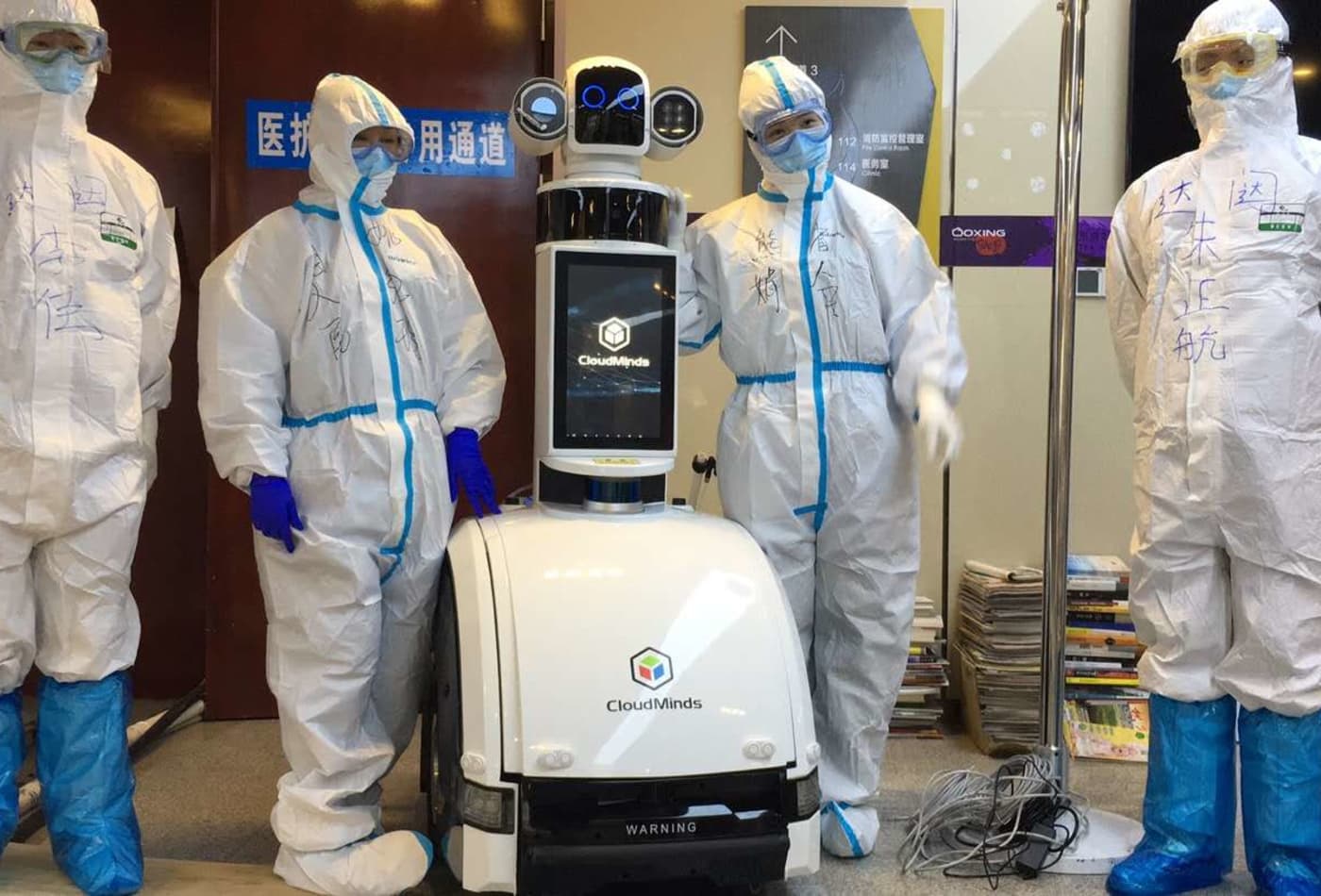
Will Covid-19 Speed Up The Use of Robots to Replace Human?
14 May 2020
Automation was always coming to the world of work but COVID-19 has accelerated the pace of change. Employers and employees will have to adapt once the pandemic is over.
For better or worse the robots are going to replace many humans in their jobs, analysts say, and the coronavirus outbreak is speeding up the process. "[Covid-19] is going to change consumer preference and really open up new opportunities for automation."
Companies large and small are expanding how they use robots to increase social distancing and reduce the number of staff that have to physically come to work. Robots are also being used to perform roles workers cannot do at home.
Three reasons why automation is on the rise
There are three main reasons why the pandemic has boosted workplace automation. The first is health and safety: having more robots in the workplace means that more of the human workers can be safe at home. Those who do have to be in the workplace can maintain social distancing more easily.

Employees setting up a CloudMind robot.Photo courtesy CloudMind
Around the world, robots are being used to dispense hand sanitizer, measure temperatures, and disinfect hospitals. With health experts warning some social distancing measures may need to be in place through 2021, robot workers may be in greater demand.

Amazon already uses thousands of these robots to haul products in its warehouses. Source: AFP
Second, automation helps to maintain business as usual, at a time when workers need more space and many are unable to work because of illness or because they are in a high-risk category. Robots are also being used to perform roles workers cannot do at home.
This has been the case for Amazon and Walmart, for example, both of which are using robots to wash floors and keep warehouses operating with fewer human workers. Meanwhile, technology firms such as Facebook and Google are relying on AI to remove more inappropriate posts since the companies' human content moderators can't review certain things from home.

Photo: Johnny Boy at Harbin Dumpling, can speak both Mandarin and French and whistles classical music while it works. (Photo: Angela Mackenzie/CTV Montreal)
Finally, consumer preference is a driver of automation. As the world comes out of lockdown, social distancing will remain important. Using robots in the post Covid-19 world also presents some marketing advantages. In a recent survey, 87% of shoppers say they would prefer to shop in stores with touchless or robust self-checkout options.
Robots are here to stay
What about service roles where a person is needed to offer a lesson or guideline?
Artificial intelligence is being developed that can replace school tutors, fitness trainers and financial advisers.
Robot sceptics had believed humans would have an edge in those jobs. That could be changing as lockdowns have made humans more comfortable with the idea of connecting remotely. The instructor or adviser on the screen doesn't need to be a real person, it just needs to think and act like one. We need to start thinking now about what the world of work will look like afterwards.
A 2017 report by global consultants McKinsey predicted a third of workers in the US would be replaced by automation and robots by 2030. But events like pandemics have the potential to change all the timelines and experts say it's really up to humans to decide how they want to integrate this technology in the world.